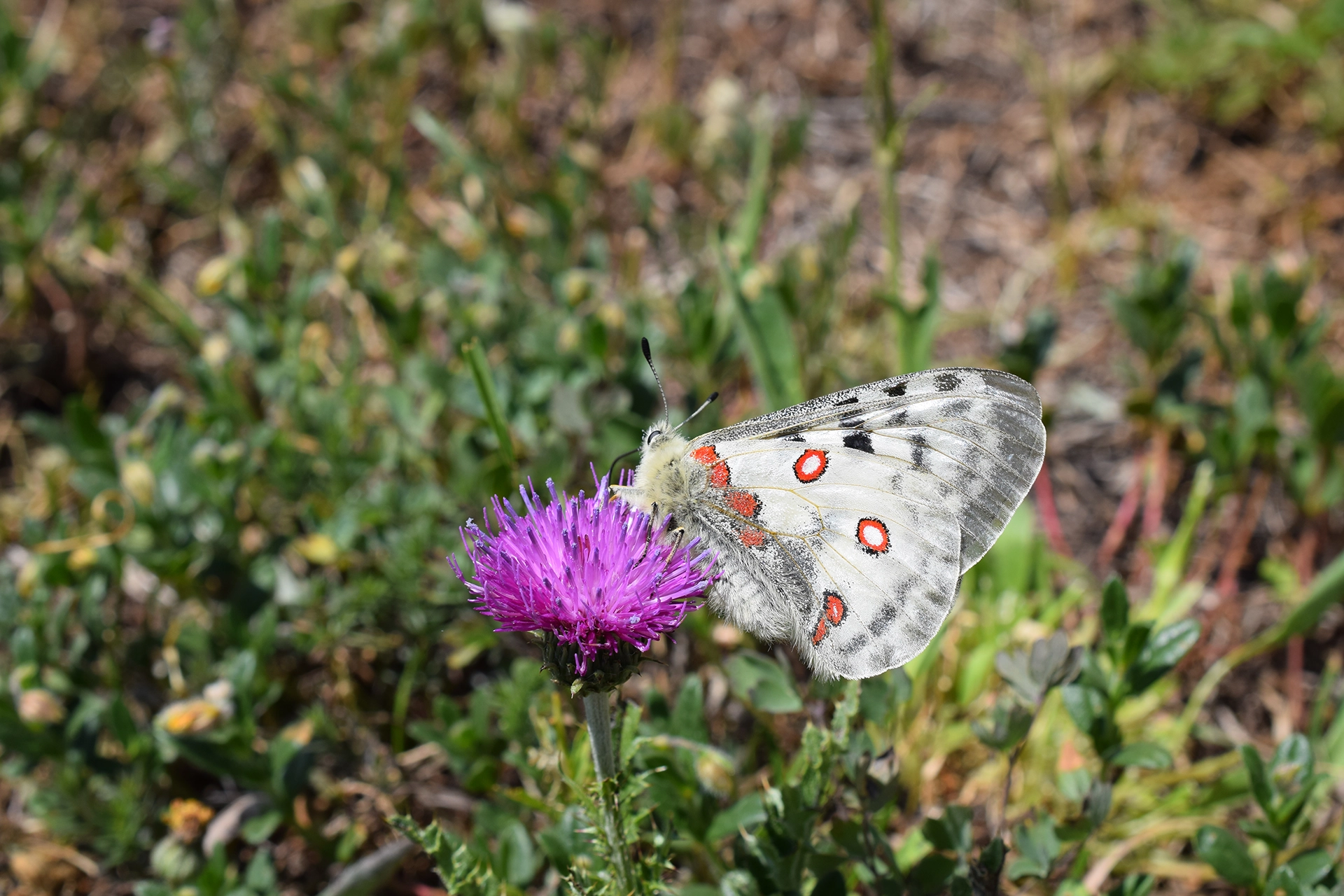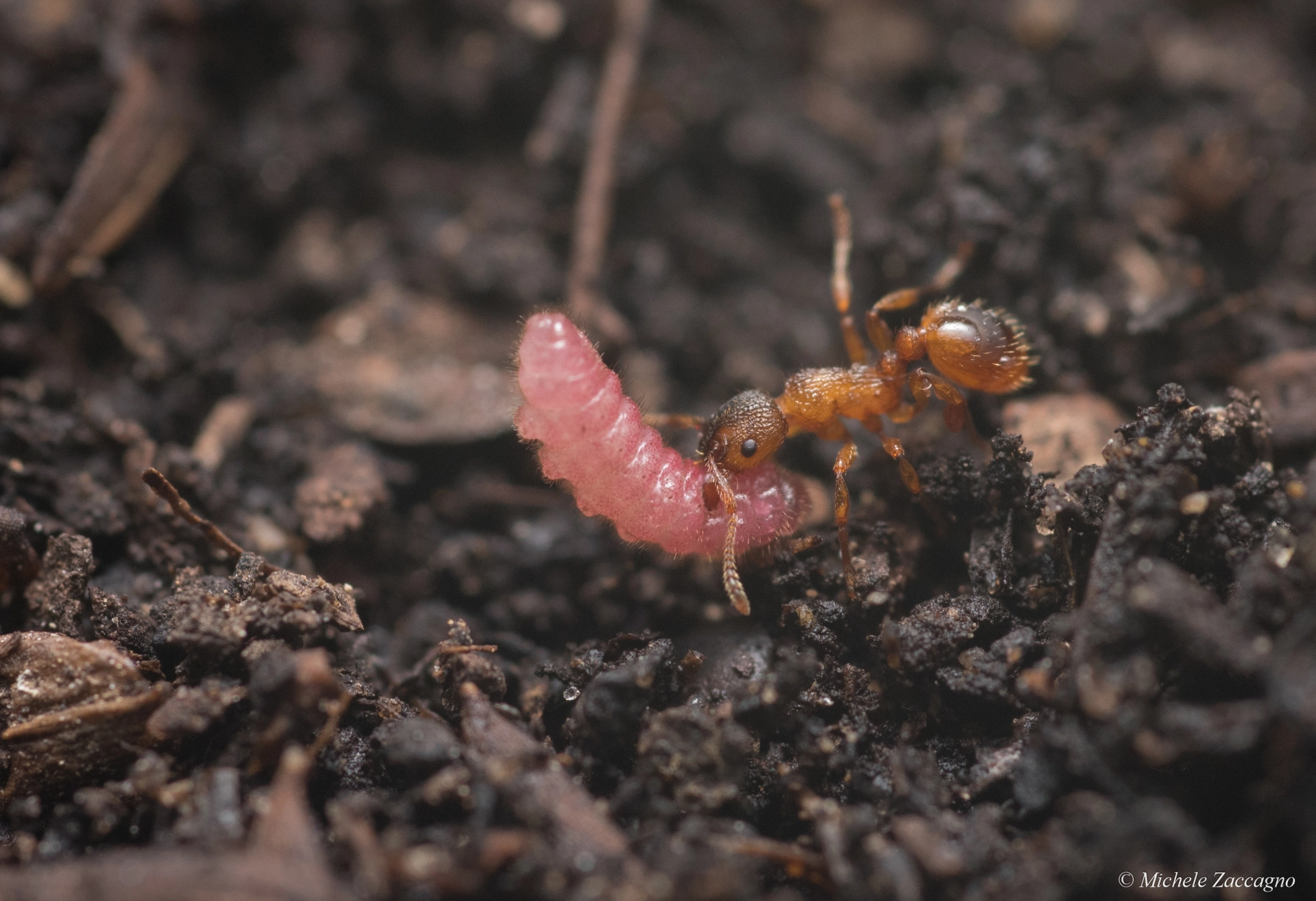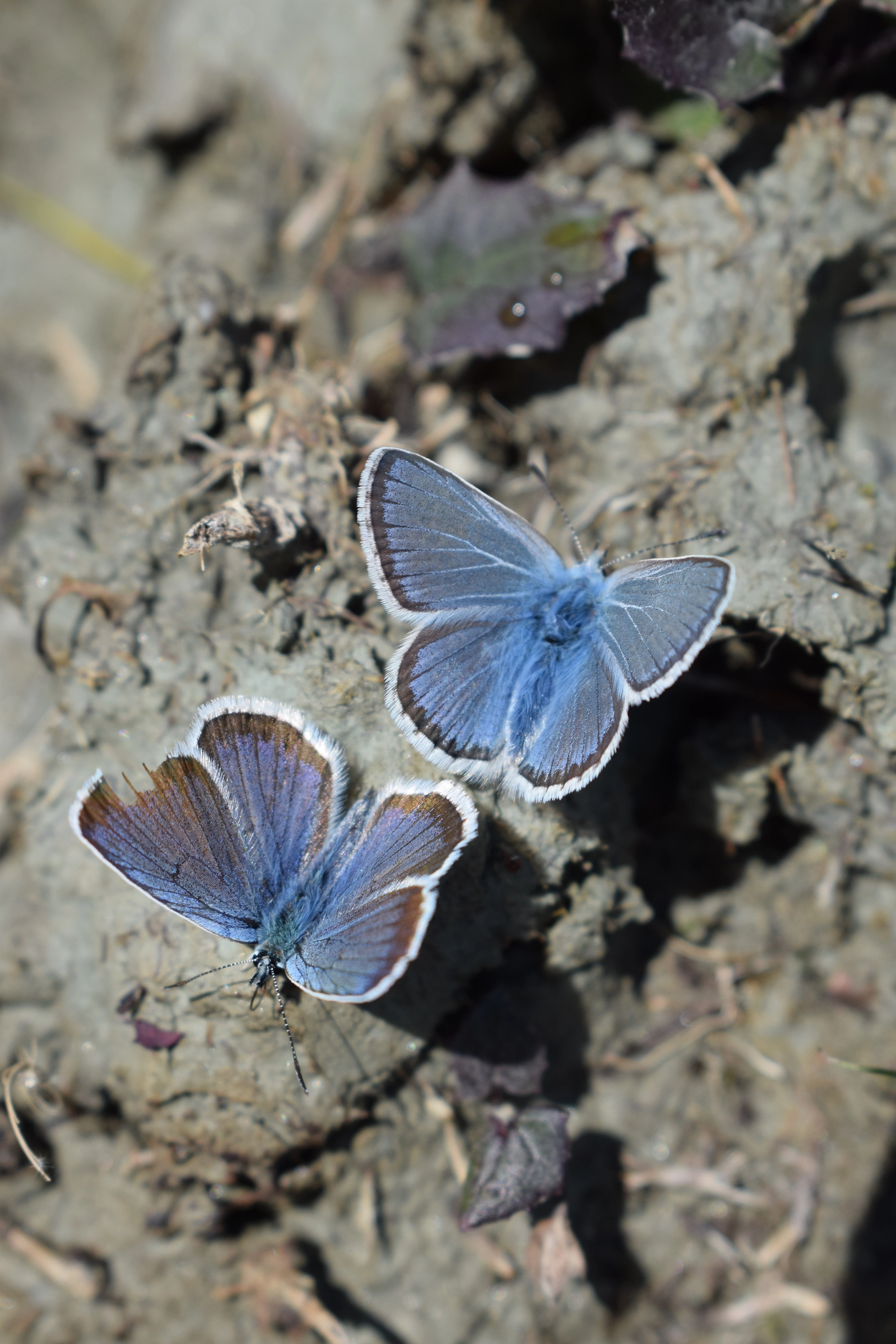Butterflies: extraordinary insects
 See on the map
See on the map
LYCAENIDS
Near water sources you can find clusters of small blue butterflies: these are male butterflies of the Lycaenidae family looking for mineral salts, which are fundamental for their vital functions. Besides being used for neuromuscular activity, these nutrients are transferred as nuptial gifts from males to females during mating.
THE BUTTERFLY AND THE ANT
All lycaenids are predisposed to interact with ants: this extraordinary relationship is called myrmecophilia. Inside anthills, ants can protect butterfly larvae from their enemies and in return, receive sugar secretions. Moreover, the sounds the larvae emit are sometimes used to communicate with ants. Finally, by producing chemicals and passively taking on the smell of the anthill, the larvae take advantage of the care they receive from the ants to grow safely until their own metamorphosis.
CLIMATE CHANGE
Due to global warming, many species of butterflies are forced to rise in altitude and latitude in search of suitable climatic conditions. This phenomenon can be critical for species that have already adapted to high altitudes. The Gran Paradiso National Park studies the effect of climate change on butterflies and other groups of animals through its biodiversity project, which involves repeated sampling over the years in areas with different climatic conditions.
MIGRATIONS
Some butterflies are affected by the phenomenon of migration. Of the Italian ones, we should mention some species of the Nymphalidae family: for example, the Painted Lady or the Red Admiral migrate every year from the African continent to Europe and vice versa. Every spring, they fly over 4,000 kilometres, at least 500 kilometres of which across open sea.





